Navigating HOA roofing decisions
February 5, 2025 at 6:00 a.m.By Trevor Underwood, DECRA Metal Roofing.
Choosing roofing materials for condo and apartment complex projects can be tricky for HOAs. Here’s a guide to making the process easier on your community.
Choosing the right roofing material for any project can be overwhelming, especially when replacing roofs for hundreds of apartments or condos. For homeowners associations (HOAs), the decision is even more complex.
From making sure the project interferes as little as possible with the daily lives of the buildings’ residents to making sure the chosen material for the project is compliant with guidelines, these large-scale roofing projects are no small order.
To assist HOA board members in making an informed decision for their community, this guide from DECRA Metal Roofing covers key factors to consider when evaluating roofing materials.
Longevity and durability: What HOAs need to know
“One of the key concerns for HOAs in roofing for condo complexes is longevity and durability. It's not just about maintaining the aesthetic appeal of the building, but also ensuring the structure is secure and can withstand the test of time and weather conditions. With roofing, a high-quality finish that requires fewer maintenance issues is often a priority. A leaky roof can spell big trouble in terms of both cost and resident satisfaction, so investment in both quality materials and professional installation is important.”- Kelvine Ferrer of Daisy Management
Longevity
When it comes to roofing, longevity refers to more than just the number of years a roof will last. Selecting a roofing material based only on its lifespan can lead to long-term issues and expenses.
It’s important to evaluate other factors, such as the composition of a roofing material, its ability to resist degradation over time and how it holds up against the elements. Cost versus performance is another crucial aspect to consider since there is a direct correlation between the quality of a roof and its cost. Upfront savings on lower-quality roofing materials can lead to higher long-term costs in the form of frequent repairs and replacements.
For example, asphalt shingles are the cheapest roofing material on the market. But they also have the shortest lifespan and must be replaced as often as every 12 years. They may need to be replaced even sooner than 12 years if the condo complex is located in a region prone to harsh weather or constant exposure to the sun.
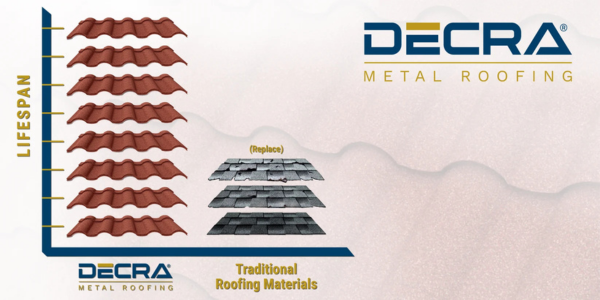
Durability
Climates across the U.S. vary drastically, so it’s important to find a roof that can withstand your area's specific challenges. The easiest and most reliable way to determine if a roofing material is suitable for your region is to look at its proven performance ratings.
Roofing materials undergo various tests to evaluate their performance and resilience against the elements. These tests result in classifications that will help you understand how well a roofing material will hold up under certain conditions.
Here’s what to look for:
- Hail: The highest Class 4 impact rating.
- Fire: A non-combustible roofing material with a Class 4 fire rating.
- Hurricanes, tornadoes and high winds: Look for a roof that meets the high-velocity hurricane zone (HVHZ) requirements of Florida. Florida's stringent building codes set the national standard for wind resistance due to the state's frequent hurricane activity. Even if your condo complex is outside of Florida, choosing a type of roof that complies with HVHZ standards ensures you'll get the best wind protection available.
Be sure to factor in the composition of the roofing material as well since some roofing materials are specifically designed to perform well in coastal climates or areas with heavy snowfall.
- Salt air and humidity: Check that the roofing material is resistant to rust and oxidation.
- Snow and ice: Look for a lightweight, non-porous roofing material that can withstand repeated freeze-thaw cycles and help prevent ice dams.
Cost-effectiveness: How to evaluate the ROI of a roofing material
Evaluating the cost-effectiveness and ROI of a roofing material is a multi-faceted process and there’s more to consider than just the initial cost of installation. While cost is undoubtedly a significant factor when choosing the best type of roof for your condo complex, the focus on quality cannot be ignored. Additionally, it’s important to evaluate the long-term maintenance costs, energy savings and the roof's impact on property values.
Here are four things to consider when evaluating the cost-effectiveness of a roofing material.
1 - Initial costs
HOAs must factor in more than just the initial cost of installation. For instance, cheap roofing materials often lead to frequent repairs and have a shorter life expectancy which will cost more in the long run. In addition to the initial cost of installation, be sure to factor in the roof’s lifespan, maintenance requirements and the manufacturer’s warranty.
High-quality roofing products are often backed up by a comprehensive lifetime limited warranty that comes standard with their products. In contrast, lower-quality roofing may charge extra for warranties, offer them on a prorated basis or not provide warranties at all. This difference can be a telling indicator of a roofing product's overall quality and long-term reliability.
2 - Maintenance
While cheaper roofing materials can save money upfront, the long-term cost is often higher if the roof requires frequent maintenance or repairs. Roofing materials that can resist hail, high winds, fire, algae, moss and UV degradation will likely have higher upfront costs but will result in lower long-term maintenance costs and a much higher ROI.
3 - Property value
The right roofing material will enhance the curb appeal of the community, as well as property values. For example, selecting a high-quality stone-coated metal roof can increase home values by up to six percent, while low-quality roofing materials can have the opposite effect.
4 - Energy savings
Energy-efficient roofing materials, such as metal roofing, can save property owners as much as 25% in cooling costs. Additionally, environmentally friendly roofing materials that are both energy-efficient and sustainable can appeal to an increasing number of people who prioritize environmental responsibility.
Aesthetics: Roofing that aligns with HOA architectural guidelines
There is another factor to consider when searching for the best type of roof for your condo complex: aesthetics. After all, the residents take pride in where they live, and an aesthetically pleasing community directly influences that sentiment.
“There are several critical factors for HOAs to consider when re-roofing a complex, but aesthetics is at the top of the list. For a long time, I held the role of president of a condo association. Although many of the elderly residents placed a huge emphasis on cost, and others worried about timing, for the board, it was all about aesthetics.” - John Ross, former HOA president
Unfortunately, some roofing materials are perfect from an aesthetic standpoint but have substantial shortcomings in terms of durability. For example, clay tile roofs are beautiful and an essential design feature of Spanish or Mediterranean-themed condominiums. But clay tiles are also among the heaviest and most fragile roofing materials. They are prone to cracking and so delicate that just walking on the tiles during routine maintenance can cause damage.
Wood shake roofs are ideal for rustic-themed condo communities that rely on the rich color and natural texture of wood. But just like clay tile, wood roofs have substantial drawbacks. They require frequent maintenance and are a combustible material, making wood shakes a poor choice for properties in regions prone to wildfires.
Metal roofing, on the other hand, is tough to beat in terms of durability and performance. But the industrial look of standing seam or corrugated metal roofing doesn’t fit in with most residential properties–especially condos.
Stone-coated metal roofing, however, rises to the challenge of satisfying the four essential needs of condo roofing: longevity, durability, cost-effectiveness and aesthetics.
Condo roofing solution highlight: Stone-coated metal roofing
Metal roofing is well known as one of the most durable and longest-lasting roofing materials on the market. But the aesthetics of industrial metal roofing are, well, industrial.
The look of traditional metal roofing materials doesn't mesh well with residential settings, especially in neighborhoods with historic or classic architectural styles.
Stone-coated metal roofing changes the game.
Manufactured with natural stone granules that are adhered to steel sheets, stone-coated metal roofing effortlessly replicates the aesthetics of asphalt shingles, clay tile and wood shake roofs while providing the durability, longevity and high ROI that HOAs are in search of.
Available in a wide range of colors, textures and styles, stone-coated metal roofing provides HOAs the much-needed design flexibility to suit any architectural style.
But the benefits don't stop there.
Stone-coated metal roofing is also one of the most energy-efficient roofing materials and is so durable that insurance companies, such as Progressive, call out on their website that “your homeowners' insurance may cost less if you have a newer roof made of more durable materials, like metal.”
Choosing the right roofing material for a condo complex is no small feat. Many traditional roofing materials like asphalt shingles, wood shake or clay tile may excel in one area but fall short in others. Stone-coated metal roofing, however, offers a balanced solution of strength and style for HOAs.
Ready to see and feel the DECRA difference? Request a complimentary sample today.
Original article and image source: DECRA Metal Roofing
Have a question? AskARoofer.
Find your local roofing contractor in the RoofersCoffeeShop® Contractor Directory.
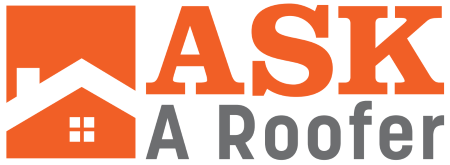
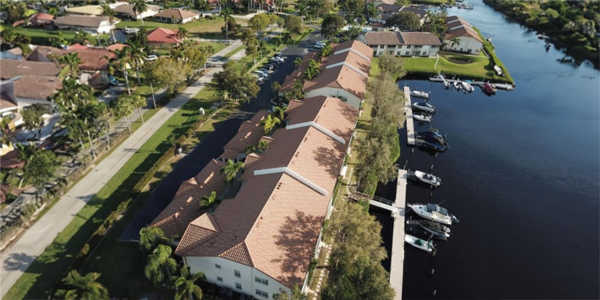

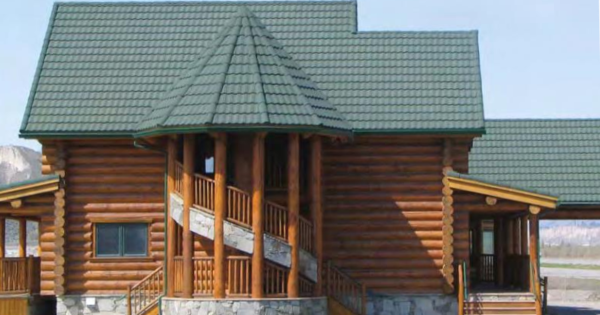


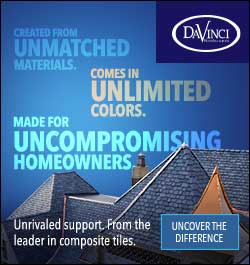
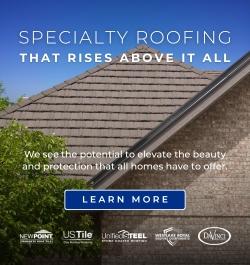
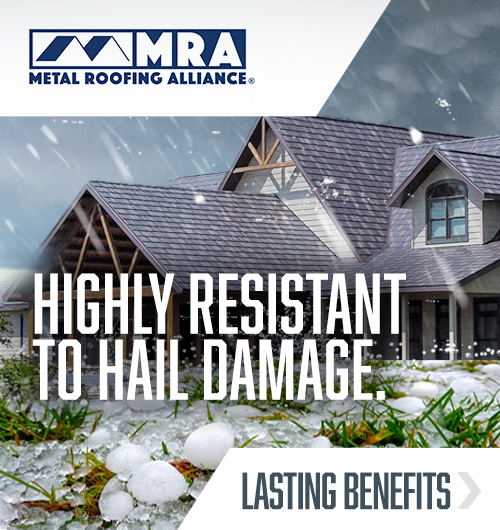
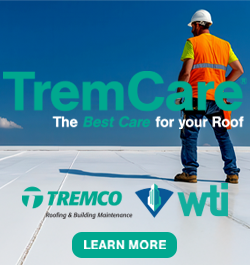
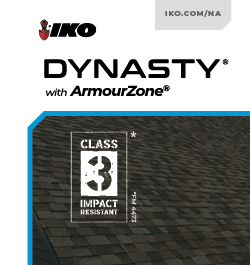
Comments
Leave a Reply
Have an account? Login to leave a comment!
Sign In